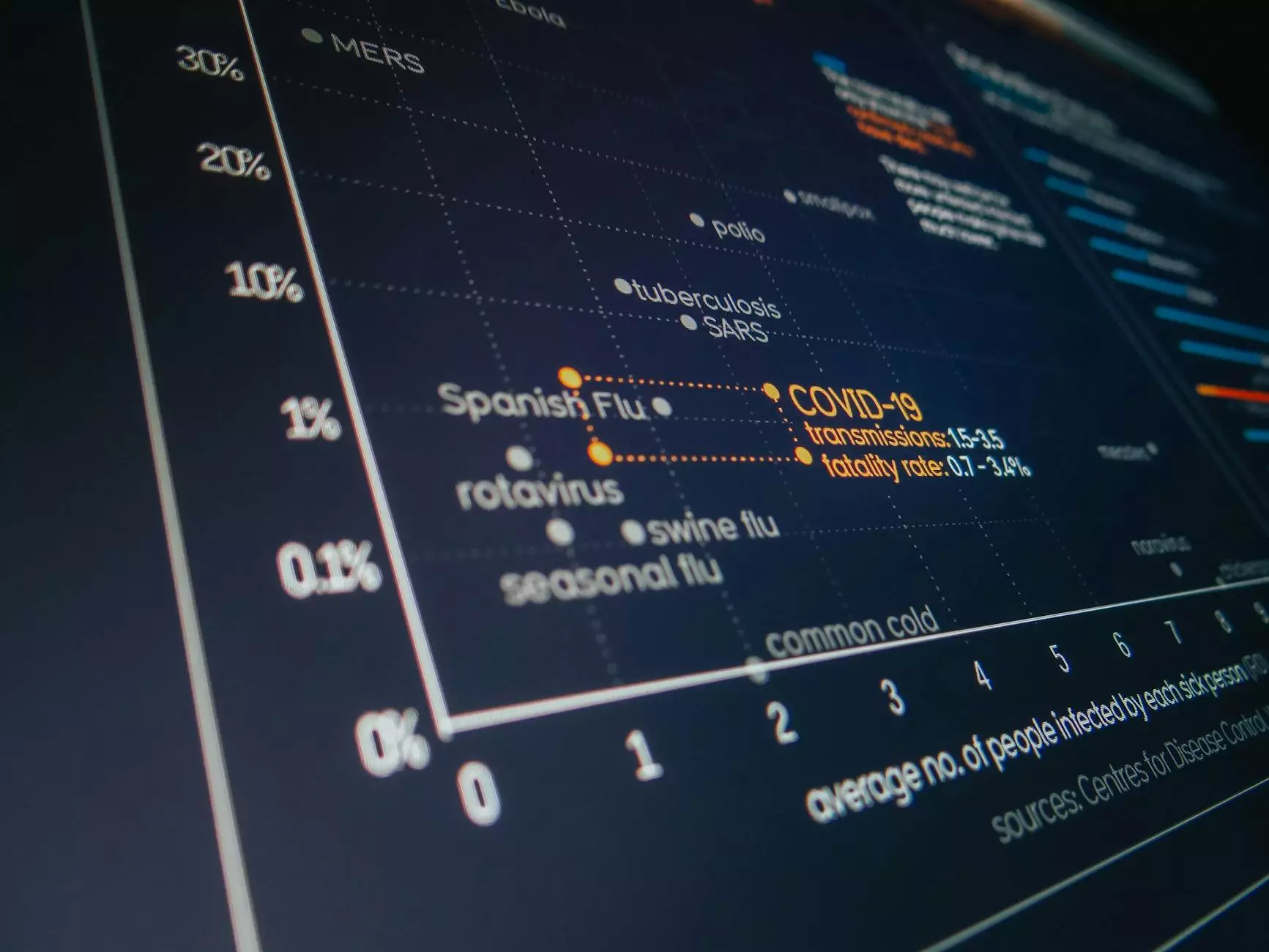The Complex Anatomy of the Left Foot
Services
As part of the human body's intricate structure, the left foot serves as a crucial foundation for movement and stability. Understanding the anatomy of the left foot, including its bones, joints, and muscles, is essential for various medical professionals, athletes, and individuals interested in human biology.
Bones of the Left Foot
The left foot consists of 26 bones that are divided into three main sections: the hindfoot, midfoot, and forefoot. The hindfoot includes the talus and calcaneus, while the midfoot contains the navicular, cuboid, and cuneiform bones. The forefoot is made up of the metatarsals and phalanges.
Left Foot Bones Diagram
Visualizing the arrangement of bones in the left foot can be greatly beneficial for educational purposes. A labeled diagram of the left foot bones provides a clear representation of the skeletal structure, aiding in the identification and study of each bone.
Joints and Ligaments
The left foot possesses numerous joints and ligaments that enable movements such as dorsiflexion, plantar flexion, inversion, and eversion. Key joints within the foot include the ankle joint, subtalar joint, and multiple intertarsal joints. Ligaments provide stability and support to these joints, maintaining the foot's structural integrity.
Muscles of the Left Foot
A network of intrinsic and extrinsic muscles in the left foot facilitates various functions, from gripping and balancing to locomotion. The intrinsic muscles, such as the flexor hallucis brevis and abductor digiti minimi, play a vital role in controlling toe movements. Extrinsic muscles originating from the lower leg contribute to overall foot strength and flexibility.
Importance of Foot Health
Proper care and maintenance of the left foot are essential for overall well-being and mobility. Regular exercise, appropriate footwear, and foot hygiene practices can help prevent common disorders like plantar fasciitis, bunions, and Achilles tendonitis. Seeking professional advice from podiatrists or physical therapists can address foot-related issues effectively.
Conclusion
By delving into the detailed anatomy of the left foot, individuals can gain a deeper appreciation for the complexities of this remarkable body part. Whether for academic study, medical practice, or personal interest, understanding the intricate structure of the left foot enhances our knowledge of human anatomy and physiology.









